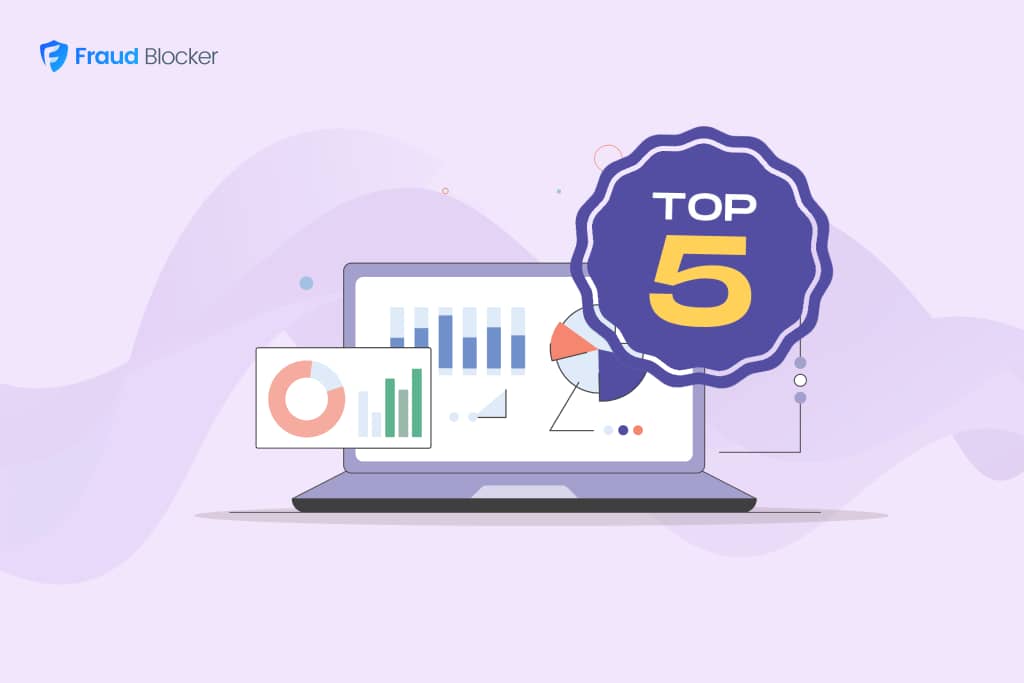
NEW New feature: Verify & block fake emails

We improve your ad performance by blocking click fraud and fake emails

Click fraud is costing advertisers billions in loses. Learn more here.

Click fraud is costing advertisers billions in loses. Learn more here.

Spam clicks are a silent drain on ad budgets, misleading businesses and advertisers into thinking their campaigns are generating genuine interest. But these clicks are often worthless, driven by malicious actors who hijack unsuspecting user devices. This issue, known as click spam, is damaging businesses and can cause ad campaigns to fail.
Spam clicks are fake and unwanted clicks generated by fraudsters, on behalf of real users who did not actually execute the click. These invalid clicks often occur through mobile apps and websites when apps are downloaded on users’ devices without their knowledge. The fraudsters then use the device to create spam clicks on digital ads to simulate organic traffic and generate fake clicks.
In many cases, unsuspecting user devices are often added to a botnet, a network of similarly hijacked computers, servers, and other devices used to execute tasks en masse. Fraudsters may use spam clicks to commit click fraud and rack up ad spend or achieve a profit by selling hacked devices to other scammers.
Spam clicks are generated in a few systematic steps that often resemble the following:
Fake clicks cost advertisers billions of dollars annually. A study on click fraud by Juniper research puts the number at $84B in 2023, with projections to reach $172B by 2028:
Reports also put the amount of automated web traffic at 47% in 2023, which means the problem doesn’t affect just advertisers; it can extend to webmasters and online business owners as well.
But that’s only part of the problem with click spam. Beyond wasting ad dollars, click spam impacts campaign performance, distorts metrics, and can damage a brand’s reputation. High levels of spam clicks can make your ad appear less effective, which means less accurate reporting and an inability to properly assess campaign success.
Spam clicks primarily occur on hijacked devices, or click farms generating fake clicks without the intent to convert, and the goal is to inflate engagement metrics artificially. On the other hand, click fraud focuses on defrauding advertisers, often involving shady ad platforms or competitors who deliberately click on ads to exhaust ad budgets and reduce ad visibility.
While often used interchangeably, click spam is actually a subset of click fraud. Both are harmful, but click spam specifically undermines data accuracy, leading to skewed metrics that misguide marketing strategies.
Marketers need to understand this distinction because while click fraud directly impacts budgets, click spam silently damages the integrity of your analytics. This can result in wasted ad spend, poorly optimized campaigns, and a loss of confidence in performance reporting.
Learn more about different types of click fraud.
Yes, you can test for spam clicks if you view them as invalid clicks with no real conversion intent.
To do this, you can look at the total clicks generated by your campaign and use a tool like Fraud Blocker or Google Ads to see how many of those were invalid.
To test for spam clicks in Google Ads, visit your main reports dashboard and follow these steps:
Your report should now show invalid or spam clicks (note: you may need to scroll to the right as you’ve added these columns to the report).
You can also use Fraud Blocker to get a “Fraud Score,” which is based on the percent of visitor IPs that our software determines to be fraudulent or invalid based on your total ad traffic:
Here is the breakdown of our scoring categories:
Learn more about Fraud Blocker’s Fraud Scoring system.
Here are some key strategies to stop spam clicks and protect your campaigns:
Learn more about stopping fake clicks on your ad campaigns.
Spam clicks are one part of a larger click fraud problem. Left unchecked, it can rack up your ad spend, waste your budgets, skew data, and even damage your brand’s reputation.
Fraud Blocker’s click fraud prevention software is designed to identify and block unusual patterns before they can impact your campaigns.
Start a 7-day free trial to see how Fraud Blocker can help you stop spam clicks.


